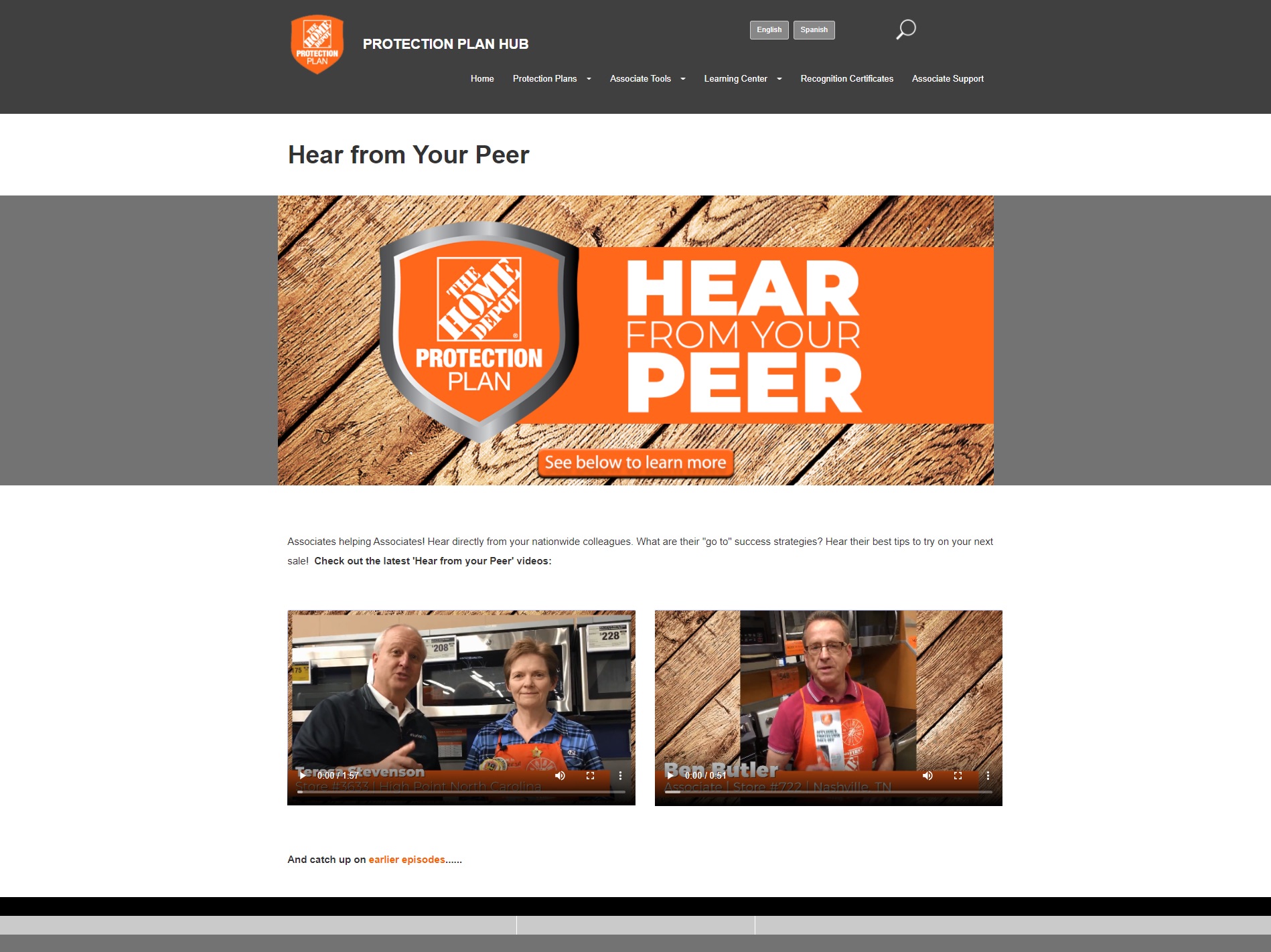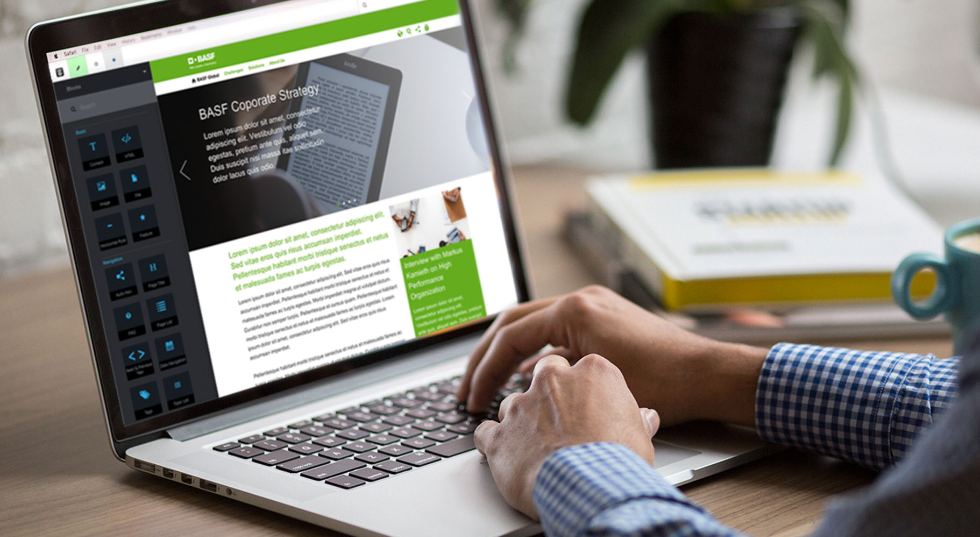Effective communication is the backbone of any successful organization. Whether you're coordinating internal processes with your team or sharing vital information with external partners, the right communication platform is essential. But with so many options, how do you choose the best one for your needs? Let's explore the differences between intranets and extranets and dive into some real-world examples to see how businesses are using these tools effectively.
Table of Contents
Intranet vs. Extranet: What's the Difference?
An Intranet is a private network accessible only to an organization's members—think of it as a secure, internal website for employees, contractors, and, in some cases, customers. Typically, an intranet uses the same technology as the internet but is protected by logins, VPNs, or firewalls to ensure only authorized personnel can access the content.
On the other hand, an Extranet is a semi-private network that allows access to both members of the organization and select external users, such as partners or suppliers. While an intranet focuses on internal communication, an extranet facilitates secure collaboration between an organization and its external stakeholders.
The key takeaway is understanding that intranets are inward-focused tools, optimized for internal collaboration, whereas extranets function as bridges between a company and its external partners, enabling a shared workspace for critical projects and data exchange. This differentiation can significantly impact the tools and policies an organization adopts for communication and collaboration.
Are Intranets Still Relevant?
Intranets have evolved significantly over the years, adapting to new technologies and the changing needs of organizations. They remain highly relevant, especially in the era of remote and hybrid work. Here are some reasons why intranets are still essential:
- Centralized Communication: Intranets provide a unified platform for sharing company-wide news, updates, and resources, ensuring that all employees, regardless of their location, are on the same page.
- Employee Engagement: Features like forums, social feeds, and employee recognition tools can enhance engagement and morale by fostering a sense of community and belonging.
- Knowledge Management: Intranets serve as a central repository for documents, training materials, and standard operating procedures, making it easier for employees to access and share knowledge.
- Enhanced Productivity: By integrating tools like calendars, project management apps, and document collaboration features, intranets streamline workflows and reduce the time spent searching for information.
- Secure Access: Intranets provide a secure environment for internal communication and data sharing, with options for role-based access and integration with security protocols like VPNs and single sign-on (SSO).
Organizations that leverage modern intranets often find that they create a unified company culture, even in geographically dispersed teams. Advanced integrations with AI can further enhance employee experiences by personalizing content and automating routine tasks, like form submissions and internal approvals.
Don't let your intranet hold you back. Download our free assessment and discover how to transform your internal communications.
How to Build an Intranet for Free
Creating an intranet doesn’t have to be a costly endeavor. There are several free and open-source platforms available that allow you to build an effective intranet with minimal investment. Here’s how to get started:
1. Choose the Right Platform
Platforms like Concrete CMS, WordPress with the right plugins, or even Google Sites offer robust features for building intranets. Consider the following factors when choosing a platform:
- Ease of Use: Choose a platform that offers intuitive design and management tools, so non-technical users can easily contribute and update content.
- Customization: Look for platforms that allow you to customize the layout and features to suit your organization’s needs.
- Integration: Ensure the platform can integrate with other tools your organization uses, such as Google Workspace, Microsoft 365, or Slack.
2. Plan Your Intranet Structure
Decide on the core sections of your intranet. Common sections include:
- News and Announcements: A central hub for company-wide news and updates.
- Document Library: A repository for policies, forms, and other essential documents.
- Department Pages: Dedicated areas for each department to share relevant information and updates.
- Employee Directory: A searchable directory of all employees with contact information and roles.
Consider how intuitive navigation plays a critical role in user adoption. By using feedback from key stakeholders during the planning phase, you can ensure the intranet structure aligns closely with the workflows and priorities of your teams.
3. Design and Customize Your Intranet
Once you’ve chosen your platform and planned your structure, design your intranet to reflect your brand and make it user-friendly. Most platforms offer templates or themes to get started quickly. Customize these templates to include your company’s logo, color scheme, and desired navigation.
Adding visual elements like banners, interactive widgets, or video headers can make your intranet more engaging. Remember, aesthetics play a role in driving usage and adoption, so invest time in creating an interface that feels modern and intuitive.
4. Add Essential Features
To make your intranet more functional, consider adding features like:
- Search Functionality: A robust search tool to help users quickly find the information they need.
- Social and Collaboration Tools: Forums, chat functions, or social feeds can foster communication and collaboration.
- Feedback and Polls: Collect employee feedback through surveys and polls to continuously improve the intranet.
- Mobile Accessibility: Ensure your intranet is mobile-friendly, as many employees access systems via their smartphones.
5. Secure Your Intranet
Implement best practices for intranet security to protect sensitive information. Use secure login methods such as SSO, enforce strong password policies, and regularly update and back up your system.
6. Launch and Promote Your Intranet
Once your intranet is ready, plan a launch campaign to introduce it to your organization. Provide training sessions and resources to help employees engage with the new system. Gather feedback and make adjustments as needed to ensure the intranet meets your organization’s needs.
Intranet Security Best Practices
Security is a critical aspect of intranet management. Here are some best practices to keep your intranet secure:
- Use Role-Based Access: Assign permissions based on user roles to control access to sensitive information.
- Regular Software Updates: Keep your intranet platform and all associated software up to date to protect against vulnerabilities.
- Data Encryption: Use encryption to protect data in transit and at rest.
- Employee Training: Educate employees on security best practices, such as recognizing phishing attempts and using secure passwords.
Additionally, conducting regular security audits can help identify potential vulnerabilities. Implement multi-factor authentication (MFA) wherever possible to add an extra layer of protection for sensitive data.
Real-World Examples of Intranets
Successful intranets can transform how organizations communicate and operate.

Discover how The Home Depot achieved a 35% increase in appliance warranty sales and over 10x's increase in user adoption with Concrete CMS innovative online training solution.
The approach included Discovery and Strategy, Development of an online learning portal, and data reporting. Powered by Concrete CMS, the learning portal offers engaging and interactive content, including quizzes and contests, to ensure user engagement and retention. The importance of tracking usage and metrics to help inform the future direction of the learning portal, resulting in in-depth monthly reports generated for team review. Join the growing list of satisfied clients who have experienced increased sales and user engagement by choosing Concrete!
Read The Home Depot Case StudyBASF Intranet
The communication department at BASF’s needs to keep over 100,000 employees around the world on the same page about company wide news and developments. BASF picked Concrete CMS to build a new internal communication Intranet that was a pleasure to read and easy to manage. This destination needed to be secure and follow a demanding style guide developed by the Germany-based HQ, while being flexible enough to let different departments present information in ways that made sense for their needs. Login requires BASF employees use their single sign on (SSO) solution which includes a USB based identity card.
What is an Extranet?
An Extranet is a website that securely shares part of an organization’s information or operations with suppliers, vendors, partners, or customers. Think of an Extranet as an Intranet that extends to include authorized outsiders.
Extranet Use Cases
From B2B to customer self-service portals, extranets support collaboration and information sharing across organizational boundaries. Common uses include supply chain management, project collaboration, and data sharing.
For example, the U.S. Army MWR uses an extranet to manage Brand Central, integrating digital asset management with AI-powered tagging for seamless resource access across over 80 locations. This innovation improved efficiency and fostered better resource sharing between teams.
U.S. Army MWR Extranet
To address these challenges, the U.S. Army MWR G9 Marketing team implemented Brand Central, a DAM solution built on Concrete CMS. This new system introduced automated tagging powered by AI, significantly improving the process of classifying and retrieving digital assets. The seamless integration with over 80 garrison websites enabled content editors to access and utilize the most relevant assets quickly, improving the overall content creation process. Additionally, the unified platform allowed the marketing team to create brand guidelines, case studies, and best practices content within the same environment, resulting in a more cohesive and organized approach to managing digital assets.
Benefits of Using an Extranet
- Improved Communication and Collaboration
- Enhanced Efficiency and Cost Savings
- Secure Sharing of Information
- Strengthened Partnerships through Transparent Data Sharing
Extranets allow for deeper collaboration with partners, often facilitating joint ventures and real-time project management. For industries like logistics or manufacturing, extranets can be pivotal in creating synchronized supply chains.
Intranet and Extranet: Which is Right for Your Business?
Choosing between an intranet and an extranet depends on your organization’s goals. If internal communication and collaboration are your priorities, an intranet is the right choice. For external collaboration and client engagement, an extranet can bridge the gap.
Need help deciding? Contact us to discuss your needs and explore solutions tailored to your business. Whether it’s a powerful intranet or a flexible extranet, tools like Concrete CMS offer robust features to drive engagement and collaboration.
Don't let your intranet hold you back. Download our free assessment and discover how to transform your internal communications.
Learn More About Concrete
Interested in saving time and having a secure website? Learn what Concrete CMS can do for you.



